We get behind the wheel of a true motoring icon in the shape of the original Honda NSX to bring you this classic sportscar driving review.
Here at Double Apex we are regularly offered private cars to drive. For various reasons we decline many of these offers. But every so often something comes our way that is too good to pass up. That is exactly what happened when the owner of an original Honda NSX asked if we’d like to have a go in his pride and joy. As you can tell by the headline, we didn’t turn down his offer.
Follow Double Apex on Instagram and Facebook where we share more car content.
A Quick Rewind
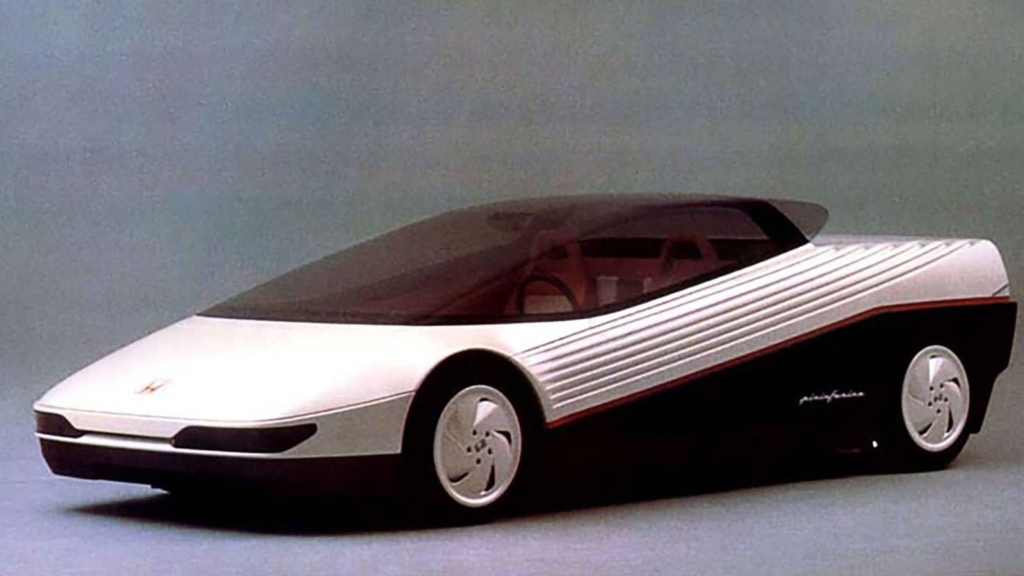
We’d like to think that readers of this website are well-versed in most things motoring. However, some background info won’t hurt if you are relatively new to the game. The story goes, as you may know, that the NSX was born out of Honda’s desire to challenge Porsche and Ferrari. The Japanese automaker was heavily involved in motorsport. But there was no on-road expression of those sporting credentials. Honda was renowned for its fuel-sipping, econoboxes, reliable sedans and people carriers; an image that management wanted to change.
The starting point for this exercise was the Honda Pininfarina eXperimental (HP-X). This design study was penned by famed styling house Pininfarina. The HP-X (pictured here) featured a wedge shape, massive glass canopy and 2,0-litre V6 mounted behind the cabin. Honda brass seemingly liked the idea enough to greenlight the development of a sportscar. The ‘New’, ‘Sportscar’, ‘eXperimental’ was born and, reportedly, would have to be as fast as anything coming from Italy and Germany. Shots fired.
Raising the Bar
In typical Honda fashion, the NSX would not only have to beat all the competition, it had to be easy to drive with user-friendly ergonomics. These were not the traits of sports/supercars that had come before. In some ways Honda forced all other automakers in this segment to lift their respective games. If you think a 458 is great to live with or a Huracan can be used frequently, thank Honda.
User-friendliness aside, the NSX featured many innovations. It was based on an ultra-rigid and light all-aluminium monocoque. The suspension had forged aluminium components. It was one of the very first Honda’s to feature the company’s, now commonplace, innovative VTEC system. Even more impressive, it had the world’s first production car engine with titanium conrods complemented by forged pistons and crankshaft. It was also famously given the once over by a famous Brazilian triple F1 champ, a certain Mr A.S. da Silva.
Buy now and take advantage of free delivery in South Africa on orders over R349.
A Unicorn
The NSX was not sold locally when new and there are only a dozen or so in SA now, so to see one in person is a rare treat. The low-slung, it’s roughly 1,2 metres tall, and elongated shape is as fresh today as when it debuted over 30 years ago, yeah, that long ago. The cab-forward design trait was borrowed from fighter jets. It has period-perfect pop-up headlamps and beautifully subtle swage lines down the flanks that end in side intakes. The rear is wide and purposeful with an integrated wing and body-wide taillamps. There are also a pair of fat tailpipes poking out beneath the bumper.
The car in question, as pictured above, is a particularly good example. It wears a bright shade of red with contrasting alloys, roof, pillars and rear spoiler. The larger rims are aftermarket and help modernise the overall appearance as the originals are quite small. We could not go anywhere in this car without someone wielding a mobile phone camera in our direction, or almost causing a crash by stopping dead in the middle of the road. It is that dramatic to see in person.
Click here to read about the iconic Ferrari F40 that we got to drive in Italy.
An Offer I Can’t Refuse
Seeing an NSX is one thing, but to get behind the wheel is a whole other. I must admit, my drive was not on the cards until moments before it happened. I was with the owner checking out other toys in his collection when he asked if I’d like to go for a drive. It did not take me long to agree and I jumped into the passenger seat. We headed out and after a quick stop for some go-go juice he asked if I’d like to drive for a bit? Would I ever?
Hands On
At the service station I swing open the long door and drop down into the driver’s seat, an aftermarket race bucket that really grips around the waist. Taking up a natural/comfortable driving position is, unsurprisingly, easy. From the pilot’s position I feel slightly high but it’s an illusion that is created by an unusually low-set dashboard. Visibility from the cabin is excellent. This is another trait that was borrowed from fighter jets. Thin pillars mean that sight lines out of the cabin are unparalleled. And that’s not just for a mid-engined car, it’s even better than any modern car I’ve driven.
Click here to read about a rare, privately owned Lamborghini roadster that we got to drive.
Time to Fly
I carefully head out from the pit-stop, gently prodding the brake pedal for feel. All controls are easily modulated, save for the steering that is completely unassisted and a real arm workout at low speeds. I pootle out onto the road and head for the nearest motorway. There aren’t any drive modes, damper settings, throttle maps or exhaust sounds to toggle through; what you get is what you use. The on-ramp is, conveniently, a 270-degree loop, which allows for my first dynamic exploration.
The steering, that was so heavy at parking speeds, is now perfectly weighted. The load on the front wheels is telegraphed clearly through the helm. Joining the motorway allows, no, needs me to open the taps to merge at a safe speed… that’s what I tell myself. So I drop two cogs, with a heel-toe thrown in for good measure, and mash the throttle. The naturally aspirated engine immediately bursts to life and announces itself to the world.
Those side intakes ferociously gulping air to fill all six cylinders with atmospheric pressure. The engine seems to rev and rev and rev… all the way to 8 000 r/min. The soundtrack starts with a low-level rumble and builds to a racecar-like yowl at the very top end. Woooooooo baby, I like this a LOT. The V6 is massively rev-happy, which isn’t surprising considering the oversquare bore/stroke (90 x 78 mm) dimensions and lightweight reciprocating sub-assembly.
Wonderfully Analogue
I snick through the short-throw H-gate to hook another gear. We’ve merged safely onto the motorway, so I ease off the loud pedal – an apt descriptor in this car, which gives the owner and I a chance to chat about the merits of his toy. Each time the road ahead clears I repeat the earlier process: heel-toe, drop a gear and disappear. The gear-shift action is a mechanical delight and the acceleration is addictive, the two actions conveniently well connected. I found myself slicing up and down the gearbox just for the heck of it. The V6 is so alert and responsive, especially considering the car’s age. The engine is mounted transversely behind the seats so it fills the cabin with its wonderful six-piece orchestra.
Our chosen route does, thankfully, have a few corners. As this is a special import, I am not about to attack anything twisty as though I am on a hot lap with my own MX-5 track car. Buuuuut, this is an NSX and who knows when, if ever, I will drive one again. The owner is, remarkably, calm as I belt it through the twisties. The steering wheel bristles with information relating to front-end grip.
Enter a touch too hot and there is mild understeer to deal with. Be patient and you can be liberal on the power as the mass settles over the rear axle to provide plenty of grip from apex to exit. You can feel the whole car pivot around your spine in typical mid-engine fashion. The rigidity of the platform still very much as it left the factory. There isn’t a mountain of turbocharged torque to upset the balance or get away from you, just a smooth build up of linear power coming from the rear axle. I’d love to steer this up a mountain pass or a fast-flowing track to find the grip limit, but today is not the day and a public road is not the place.
A Quick Breather
We stop in a swanky part of town for a caffeine injection. Outside the eatery the car is, once again, the star. Folks in GT3s and G-wagens all swivel their heads to catch a glimpse of this 1990s spaceship. I take the opportunity to grab a few pics of my own. Once cappuccinos are downed we are on our way again. I left the keys on the table, not wanting to be too presumptuous, but the owner offers them up again. Well, don’t mind if I do… The route back home provides many opportunities to enjoy the wonderful powertrain – it really is addictive. But there are less chances to twirl the wheel, which probably suits the owner.
Summary
The NSX is a true unicorn in the SA context so not many folks besides the lucky few owners get to drive them. The hour or so behind the wheel is one of my more, if not most, memorable drives this year. The car has to be viewed in context. It isn’t mind-blowingly fast by modern standards. I’ll bet a current hot hatch will show it a clean pair of heels in a straight line. And something like the latest Type-R will outrun it at a circuit.
But to make those comparisons misses the point. A modern turbocharged hot hatch is like an MP3 downloaded from the ‘net played through a Bluetooth speak. The Honda NSX is like a well-preserved piece of vinyl played though a high-fidelity stereo system. Sure, MP3s and wireless connectivity are quick and easy versus a hi-fi with a turntable, but I know which one my ears prefer…
Price: n/a
Engine: 3,0-litre V6
Transmission: five-speed manual, RWD
Max power: 201 kW
Max torque: 284 N.m
Top speed: 270 km/h
0-100 km/h: 5,9 sec
Fuel consumption: who cares

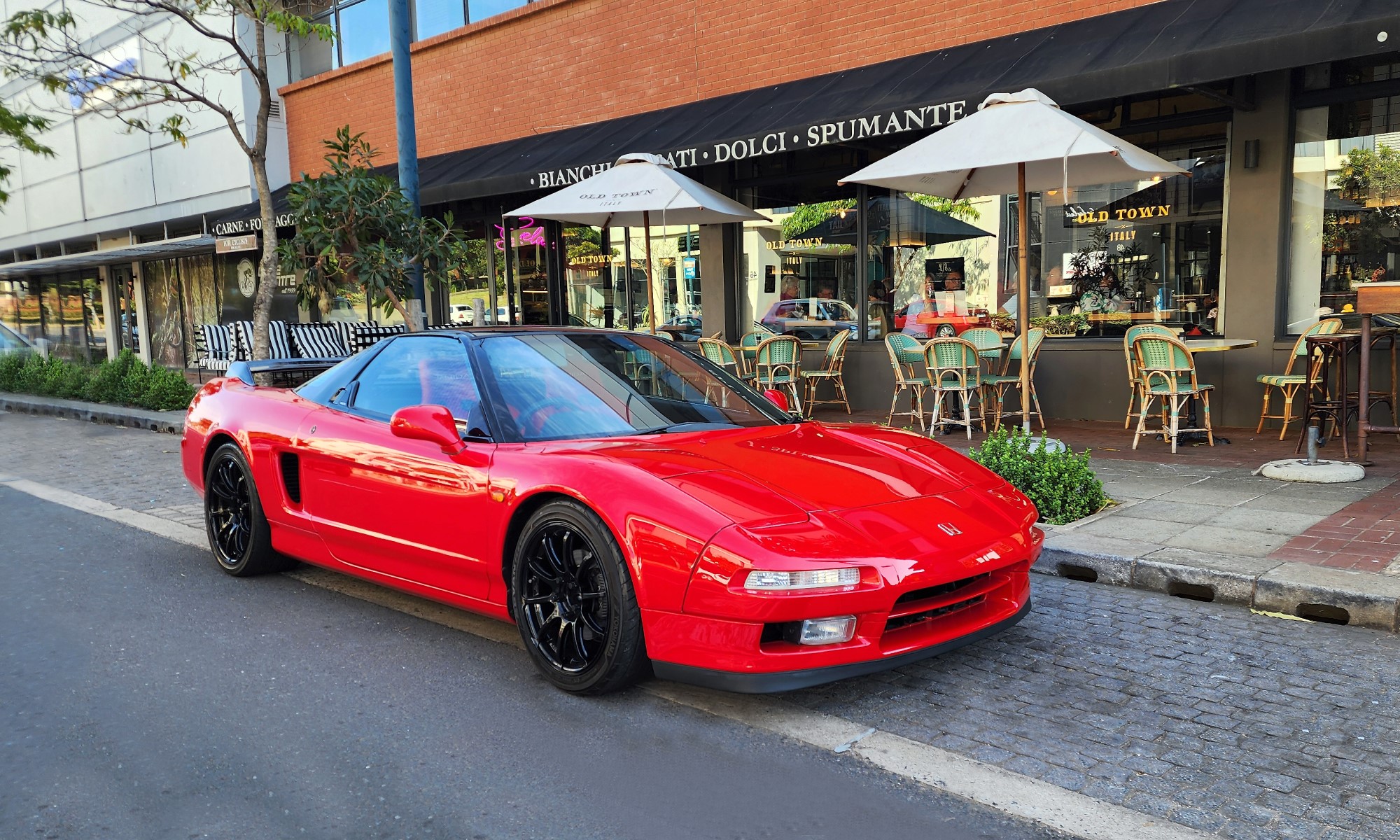
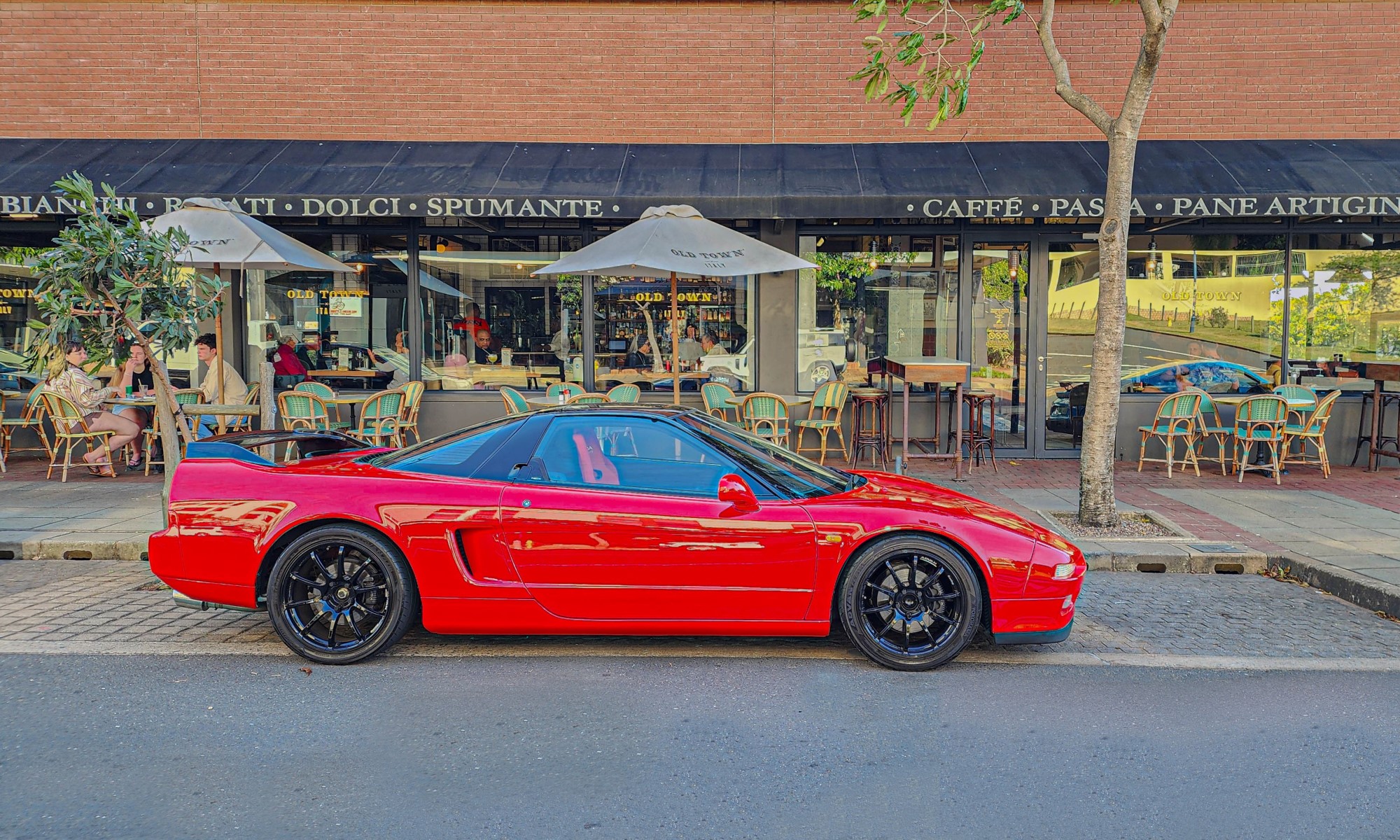
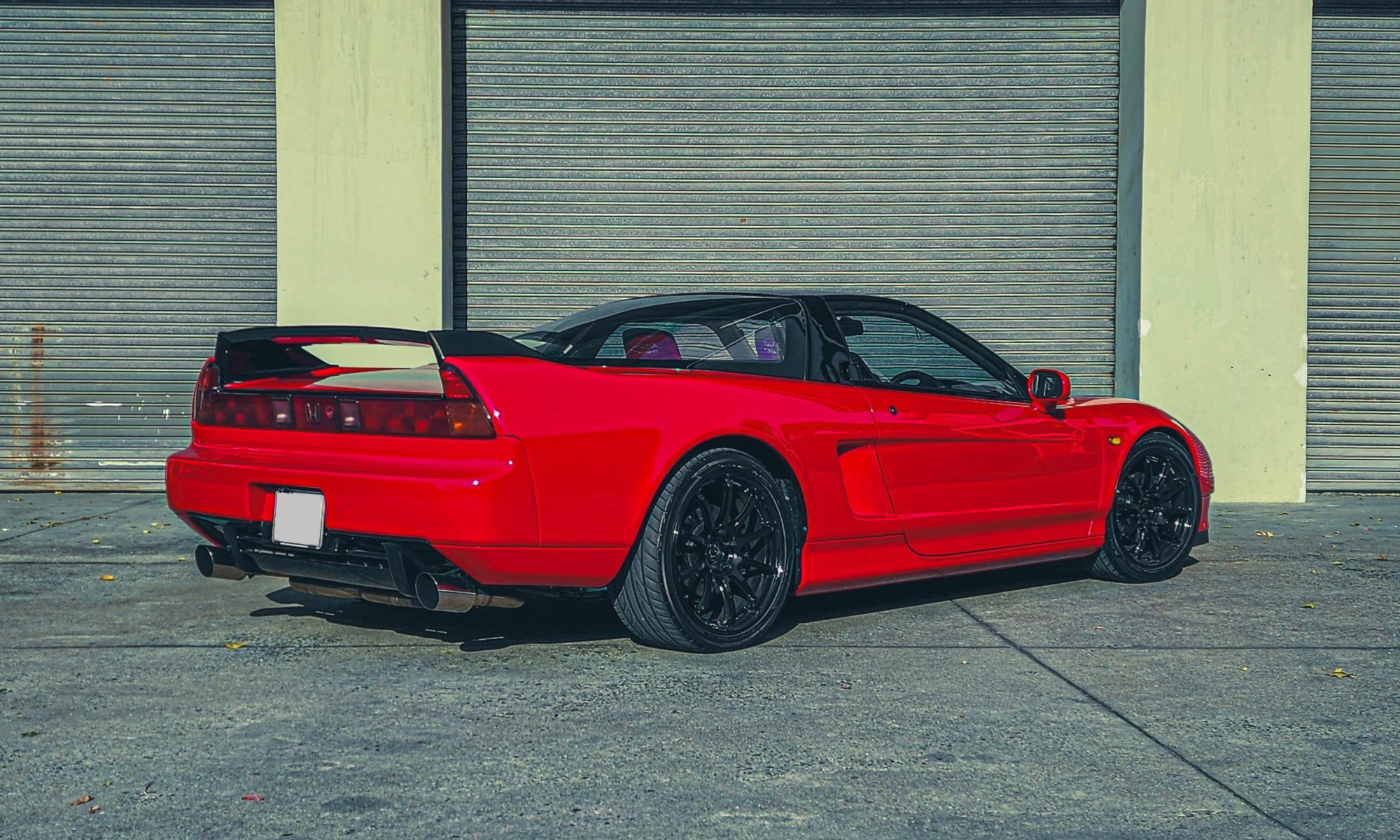
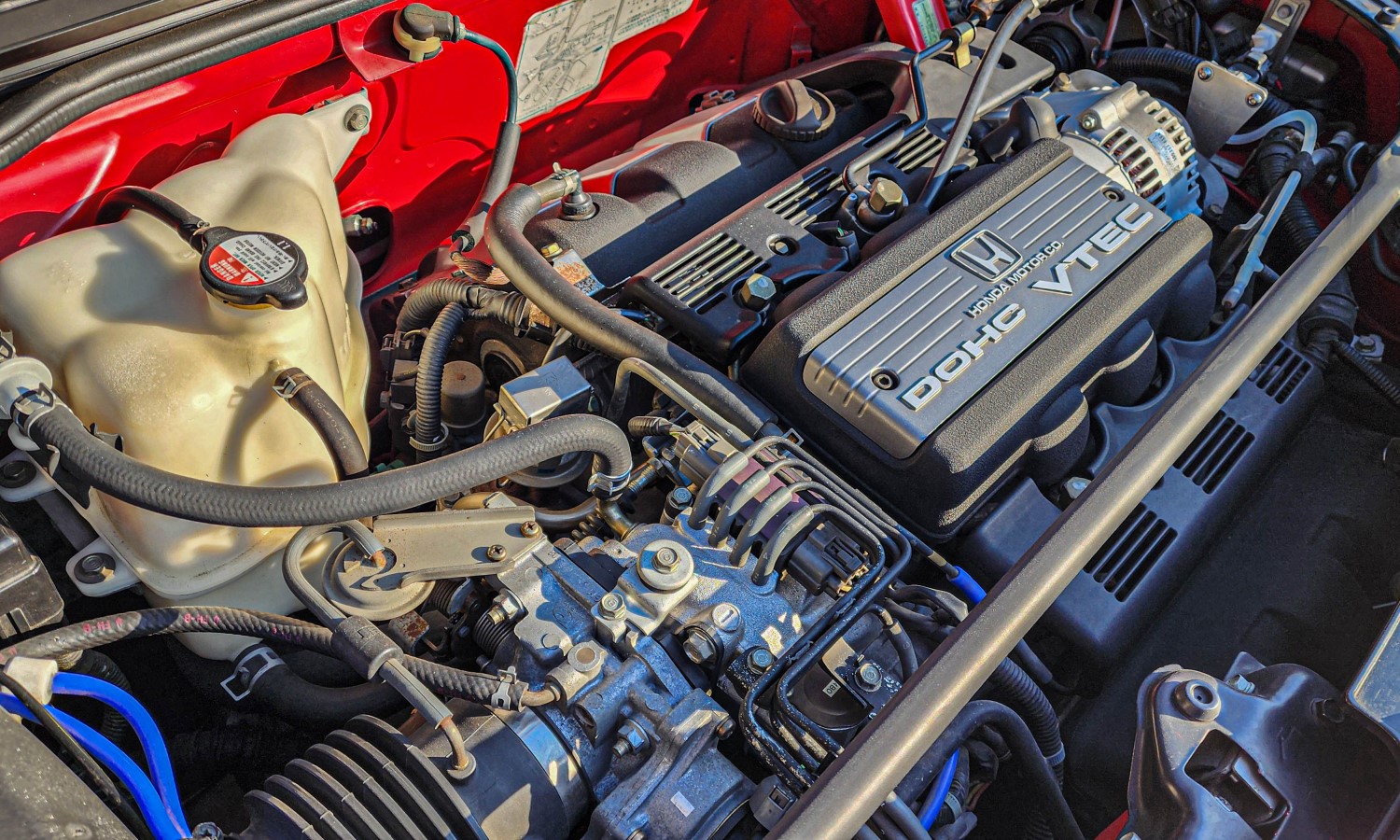
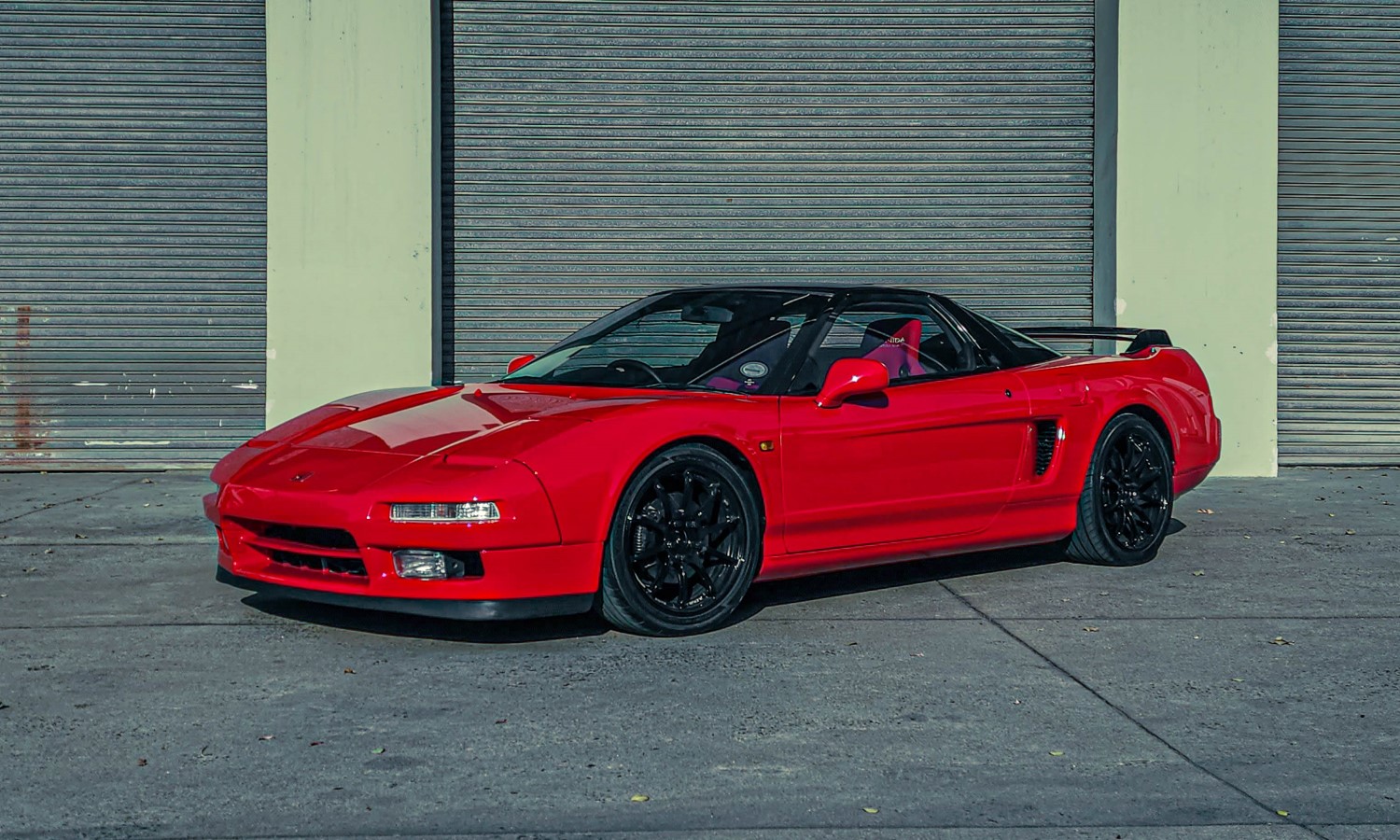
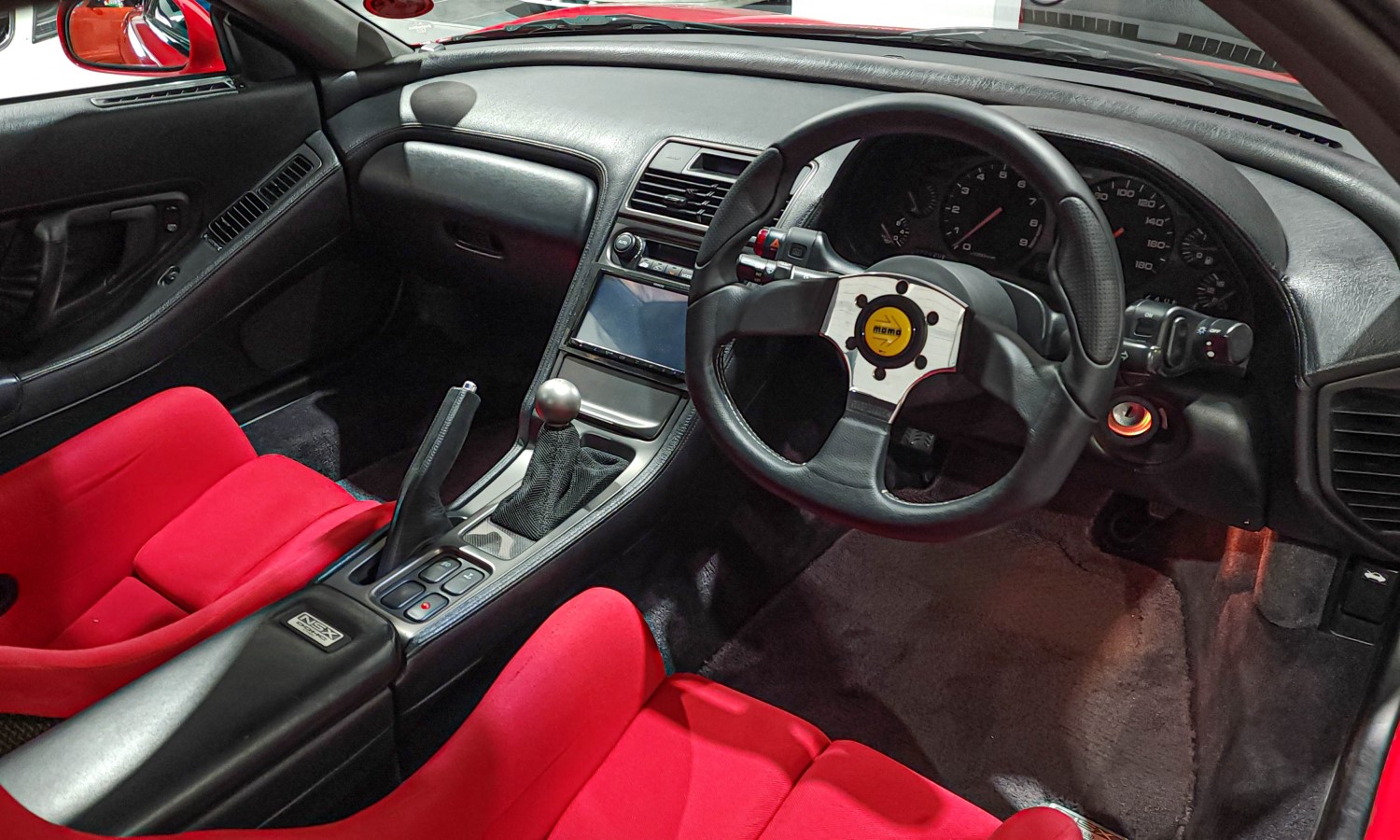
![2025 Concorso d’Eleganza Villa d’Este [Gallery]](https://doubleapex.co.za/wp-content/uploads/2025/05/CDE_2025_HM_-0725-500x383.webp)

![The Alfarrari Is The Ultimate Italian Restomod [w/video]](https://doubleapex.co.za/wp-content/uploads/2025/05/Alfarrari-500x383.webp)
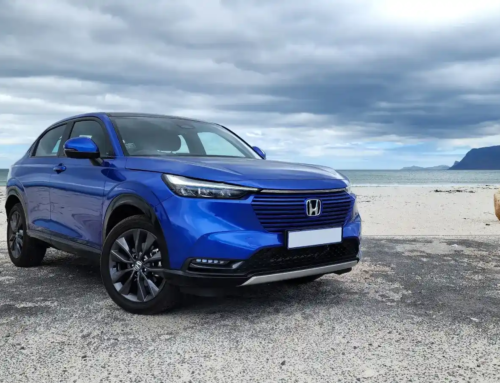
Leave A Comment